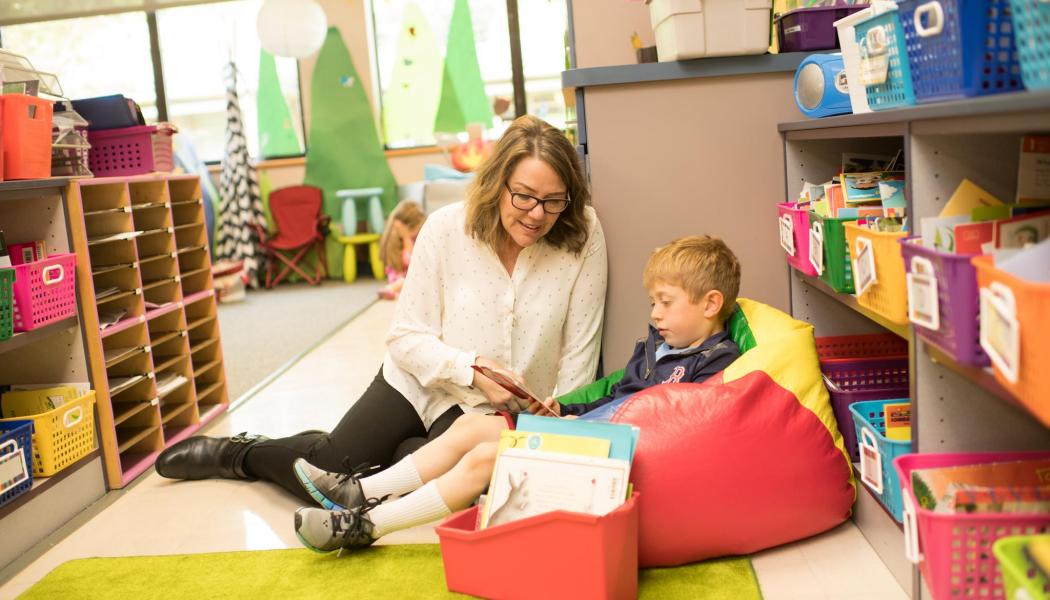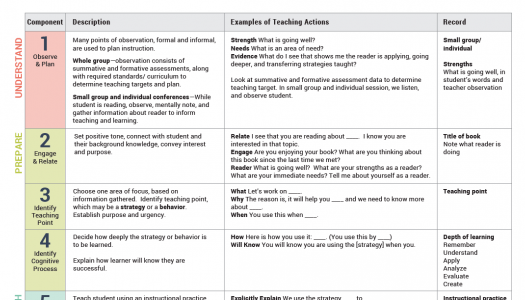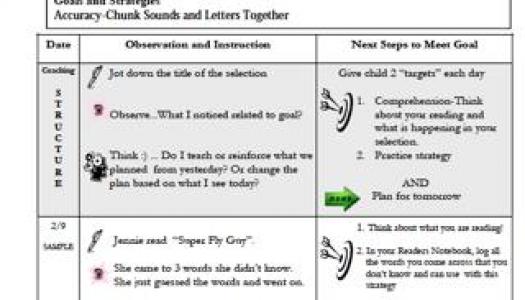Curricular Coherence–Working Together With Interventionists

Join Our Community
Access this resource now. Get up to three resources every month for free.
Choose from thousands of articles, lessons, guides, videos, and printables.
In September, our grade-level meetings are characterized by lively conversations about our hopes and dreams for the students in our charge. By October they have taken on a new energy and sense of urgency. What more can we do for the students who are not meeting standard or making the progress we’d like to see?
Many of our struggling students are receiving extra support via title funds, special education services, English language learner support, tutoring, and so on, but we don’t always see the growth we’d like when our most at-risk students leave us for fragmented portions of the day. How can we design highly intentional and effective interventions for these students that will give us the needed results?
In his article, "Research and the Three Tier Model" (Reading Today 2006), Richard Allington expresses concern about the typical reading intervention model currently in place, where our most at-risk learners are passed from one reading curriculum to another with little curricular coherence. Peter Johnston, Peter Afflerbach, and Richard Allington discussed the importance of curricular coherence in an article titled "The Congruence of Classroom and Remedial Reading Instruction" (Elementary School Journal, 1985). They wrote, “Any intervention had to build primarily around students’ instructional needs. For instance, if students struggled because they did not use effective comprehension strategies, then expanding comprehension strategy instruction in the intervention lessons would seem a good idea. If students struggled because they did not self-monitor, then that would become one focus of the intervention lessons. Designing effective intervention requires that a student’s specific instructional needs be identified.”
In the book Compensatory Education at the Crossroads (Sociocultural, Political, and Historical Studies in Education, Lawrence Erlbaum Associates 2001) Geoff Borman and his colleagues say that Allington and his colleagues were correct in their beliefs, that when intervention teachers and classroom teachers taught similar skills and strategies based on student need, achievement levels increased and the achievement gap between struggling readers was reduced.
Taking Allington’s research to heart, we work toward curricular coherence. The classroom teacher assesses their students and confers with them, identifying their individual strengths, goals, and strategy work, which are recorded in the ConferringNotebook or on the conferring form. This form is shared with each intervention teacher. Whoever works with that child will work on the same goals and strategies. How they go about teaching them may vary, but the goals, skills, and strategies are the same. The Conferring Notebook was created out of the need for curricular coherence, and ultimately is a tool for sharing the instructional notes in real time, with all the adults who are working with the student.
Curricular coherence, when interventions and classroom instruction are working together on behalf of our students, has tremendous potential to make a real difference in our students’ literacy lives.







